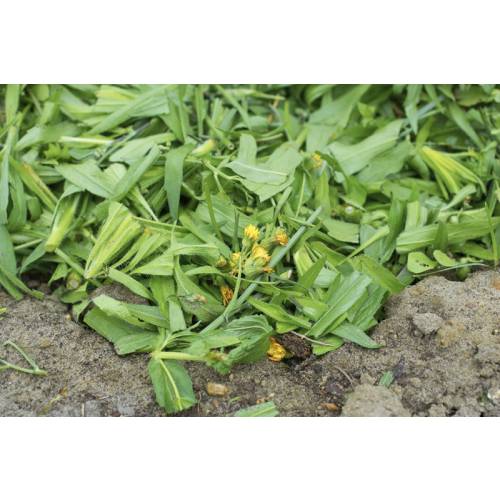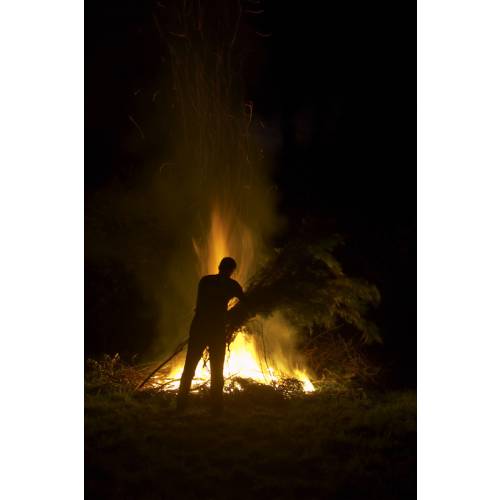
Ecological Garden
Managing green waste
- Details
-
In an environment friendly garden, green waste is taken very seriously; not only because it is useful to everybody, but also because it representan unsuspected richness!
Which waste ?
Green waste is all the vegetal waste: cut branches, lawn cuttings, old vegetable plants that are no longer producing, dead leaves, etc. Even in a small garden, this represents an important quantity. To throw them away, would mean taking away from your soil all the nutrients they contain. It is best to recycle them in situ, so as not to needlessly exhaust your soil! To do this, you have several solutions.
To the compost !
The first reflex when facing green waste is to mix them in the compost bin, where they will decay with the rest. Hard stems, big branches must be ground in order to decompose quicker. However, not all vegetal wastes are suitable for adding to the compost or you risk some problems in the future. If they suffer from a contagious disease, do not add them to your compost bin but put them in a suitable place. In addition, if your garden waste contain seeds, there is a risk that the compost obtained will sow again the same plant, which is not necessarily, what you wanted. The compost does not get hot enough to destroy the seeds of your vegetal waste, and you risk finding them again at the end of your composting. In that case, again, dispose of them in other ways.
Recycle in situ
The best way to recycle your garden waste without putting it in a compost bin, and without depriving the garden of its benefit is to make a mulch of it around the roots of the plants that will not get damaged by it, at the roots of an hedge or under shrubs for example. There, the green waste is going to decompose slowly without being able to re-seed because of the shade. Be careful not to place any disease ridden green waste around the roots of fragile plants. You should not use this method in particular with rose bushes and Japanese Maples, which are very sensitive plants. On the contrary, at the foot of an evergreen hedge of shrubs or conifers, you can place whatever you like.
Other usages
Green garden waste can have numerous usages. Cut up in small pieces, they will enrich the soil in which you bury them. In heavy soil, this matter will lighten up the soil like manure would, decaying slowly. Some wastes can also be very decorative when displayed in an artistic manner. For example, pines cones will decorate the roots of a pot plant, while the bark fallen from plane trees will enhance the foot of a well-pruned common box. Moreover, do not forget to put aside a supply of stakes amongst the branches that you have cut off!
Bothering diseases
There exist unfortunately some cases of extremely contagious diseases, like the microscopic worms around roots or some of the cochineal insects. As these diseases can attack any plant, you must not use this garden waste as mulching, but throw it away, at the waste reception centre for example.
Say No to fire!
Burn plants, clean up the place and make some space… but it pollutes terribly! In effect, combustion releases dioxins and other particles in to the surrounding air, more so than driving tens kilometres to take them to the waste reception centre… The more environment friendly solution is still to recycle in situ, all for your garden’s benefit! - Photos (2)


